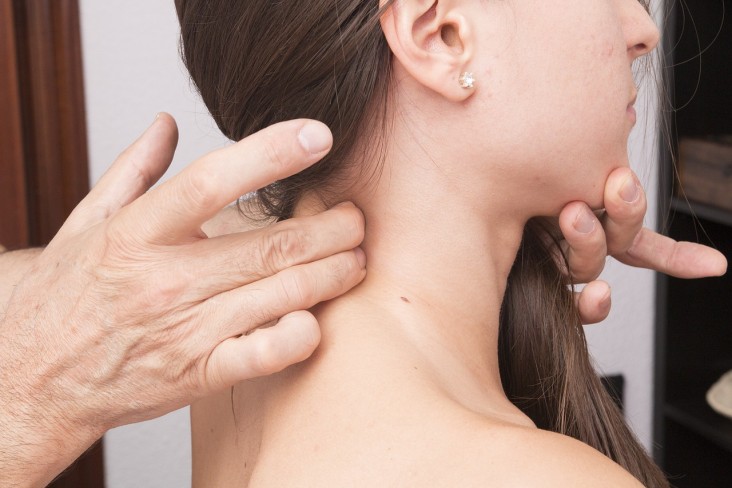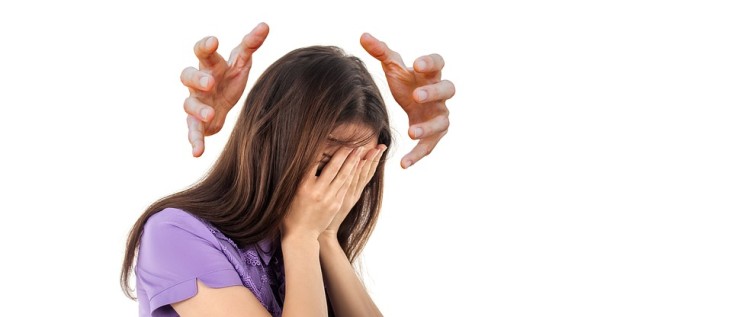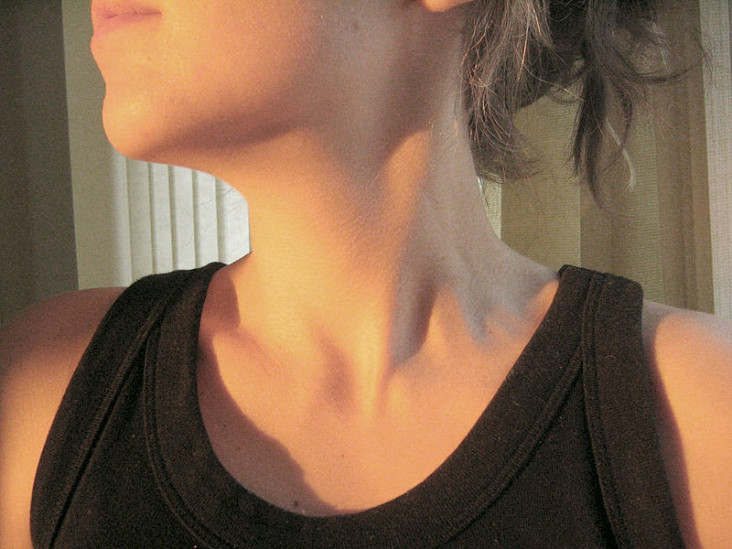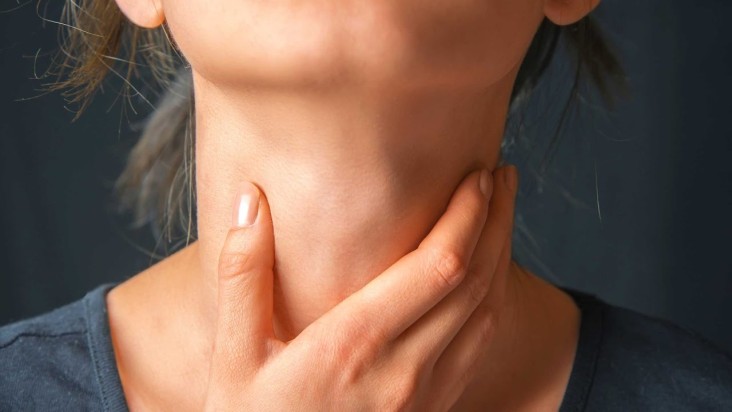Cervical dystonia (CD) is a chronic neurological movement disorder characterized by unusual postures of the neck. Although muscle contractions represent the most noticeable disease feature, associated signs such as pain are frequent and applicable participants to disability.
Treatments of cervical dystonia
There are wide range of cervical dystonia treatment is available. These will be determined by the sort and severity of the precise condition. The main choices are drugs, botulinum toxin and surgery. There is likewise other support available like physiotherapy.
Botulinum toxin injections
Botulinum toxin injections are used to lessen the extra muscle activity resulting from dystonia. Botulinum toxin is produced naturally through a bacterium known as Clostridium botulinum that’s also associated with producing botulism, a rare kind of food poisoning. However, even though botulinum toxin is especially toxic, when it is purified and used in small, managed doses, it may be used efficiently as cervical dystonia treatment to relax excessive muscle contraction.
The injection enables the botulinum toxin to be focused directly into the muscles suffering by dystonia. The toxin has an influence on the nerves at their junction with the muscles. It acts as a blocker stopping release of the chemical messenger acetylcholine that is accountable for making the muscle contract. As a result, the signals that would commonly be telling the muscle to contract are halted and the muscle spasms are reduced or eliminated.
Drugs
The symptoms of dystonia may be difficult to control and it can often make an effort to get the stability of medications right to achieve benefits for someone with dystonia. Important drugs used to offer alleviation from the symptoms of dystonia are;
- Dopaminergic drugs
- Anticholinergic drugs
- GABA Agonis
- Anti-convulsant
Selective denervation
Selective denervation (SD) is an operational cervical dystonia treatment that has been used for neck dystonia (spasmodic torticollis) for many years. It is a surgical treatment to cut the nerves regulating the overactive muscles which are causing the symptoms of dystonia. The intention of the operation is to introduce an everlasting paralysis to the muscles inflicting the problems.
Deep brain stimulation
Deep brain stimulation surgery (DBS) is powerful cervical dystonia treatment and can be appropriate for patients who lose their response to botulinum toxin, or have a form of cervical dystonia that is tough to treat with the injections, especially anterocollis. DBS involves the settlement of electrodes into the vicinity of the brain known as the globus pallidus on both sides. The electrodes are linked to stimulators which ship small electrical pulses to the brain. Although the exact mechanism isn’t always clear, the electric impulses appear to “reset” the brain and improve the dystonic movements.
For further information call us on 815.412.6166





